Europe’s equity landscape has rarely felt this split-screen. On one side: rising defence budgets, infrastructure splurges, and grid upgrades promising structural uplift. On the other: a return of tariff wars, weaker growth expectations, and fractured central bank messaging. Investment banks, caught between long-term optimism and short-term shock risks, are offering diverging roadmaps. What emerges is not a clear signal, but a vivid tension—one that investors must navigate with uncommon precision.
1. Strategic tailwinds: big budgets, real spending
JPMorgan, the most bullish of the pack, is leaning into Europe’s fiscal awakening. The bank has pinpointed six investment themes it believes could drive sustained equity outperformance over the next 12–18 months. They read like a manifesto for industrial revival: a €500 billion infrastructure programme in Germany, rising defence outlays, and energy-intensive sectors—like chemicals—gaining from structurally lower relative input costs. Add to that a valuation bounce in neglected German small caps and a utilities sector bolstered by the urgent need to reinforce electrical grids, and you have a case for Europe’s return as a capital magnet.
Barclays supports part of this view, particularly in utilities. Their analysts see substantial capex flowing into grid resilience, favouring names like Prysmian and NKT. But even they draw a red line: wind equipment manufacturers, including Vestas and Nordex, are out of favour, as policy and investment shift from flashy renewables to pragmatic infrastructure.
2. The trade trap: tariffs as a wrecking ball
The opposing view—championed by Citi and Goldman Sachs—centres on the growing storm over transatlantic trade. Citi, in particular, warns that Trump’s proposed 50% tariffs could slash European EPS growth from the current 2% consensus to -4%. That kind of earnings hit, they argue, would knock 7–8% off the Stoxx 600. Goldman, while less precise in its forecast, echoes the alarm. Their base case for 2025: zero earnings growth in Europe, and a potential 1% GDP drag by 2026 if tariffs go unresolved.
The broader point is simple: while structural themes matter, near-term earnings are hostage to political cycles. And here, the outlook is grim. EU and US trade positions remain fundamentally at odds, not just politically but institutionally. Trump’s unilateralism thrives on speed and optics. Europe’s rule-bound consensus-building model—slow, legalistic, and allergic to big trade-offs—stands no chance of keeping up. As Politico notes, the EU cannot—and will not—offer the kind of environmental rollbacks or purchase guarantees Trump is likely to demand. That makes a clean deal almost impossible.
3. Monetary murk: rate cuts, dissent, and disinflation
If macro policy were expected to cushion the blow, that cushion is looking thinner than expected. The ECB is still leaning toward a June rate cut, with most economists expecting another in September—bringing the deposit rate to 1.75%. But dissent is growing. Austria’s Robert Holzmann, a long-time hawk, has called for a pause until September, citing limited policy traction and geopolitical uncertainty. He’s in the minority for now, but his warning reflects deeper concerns: if trade shocks or a strong euro begin to erode prices, monetary support could lose its bite.
ECB staff expect inflation to hit the 2% target by early 2026. Yet even that path is exposed. Weaker demand, a stronger euro, or trade diversion effects could all pressure inflation downward, complicating the Bank’s path and investor expectations alike. If growth undershoots, some analysts see a year-end deposit rate as low as 1.5%.
4. Market pulse: flatline optimism, hidden volatility
European equities show a tentative upward drift that masks a deeper fragility. Bond markets are jittery. A weak 40-year JGB auction sent ripples through global yields. In the UK, the IMF has flagged renewed concerns about Gilt volatility. And in Japan, the finance ministry is considering rolling back ultra-long issuance after last week’s rout—a move that could push Japanese investors to repatriate capital, pressuring global bond markets further.
Currency and commodity signals are also scattered. The dollar is firmer. Oil and gold are climbing. Industrial metals are weaker. Inflation surprises continue to play out across regions: Australia’s CPI was flat in April, but trimmed mean inflation ticked up. In contrast, French Q1 GDP was revised down, and PPI undershot expectations. The upshot? No clear macro signal.
5. Boardroom reshuffles and capital shifts
Corporate developments paint a picture of capital rotation and executive recalibration. Givaudan shareholders led a $4.1 billion wave of secondary stock sales across Europe. UniCredit’s CEO Andrea Orcel quashed rumours of an Intesa takeover, despite rising stakes. Stellantis is reportedly close to naming Luca Filosa as its next CEO. And in Paris, Renault’s board has appointed Luca de Meo’s successor at RCI Bank.
The real theme here is not the headlines—it’s the undercurrent: European corporates are adjusting for a more fragmented, competitive, and capital-sensitive world. Cash is getting costlier. Strategic clarity matters again.
No consensus, more like crossfire
There is a tug-of-war between bullish structural themes and bearish macro shocks. Every optimistic thesis—from infrastructure to energy arbitrage—carries a caveat. Every downside risk—from tariffs to tightening financial conditions—has its counterforces. For now, the European market are without conviction, not in freefall, but not in resurgence. More like suspended between two radically different futures.
